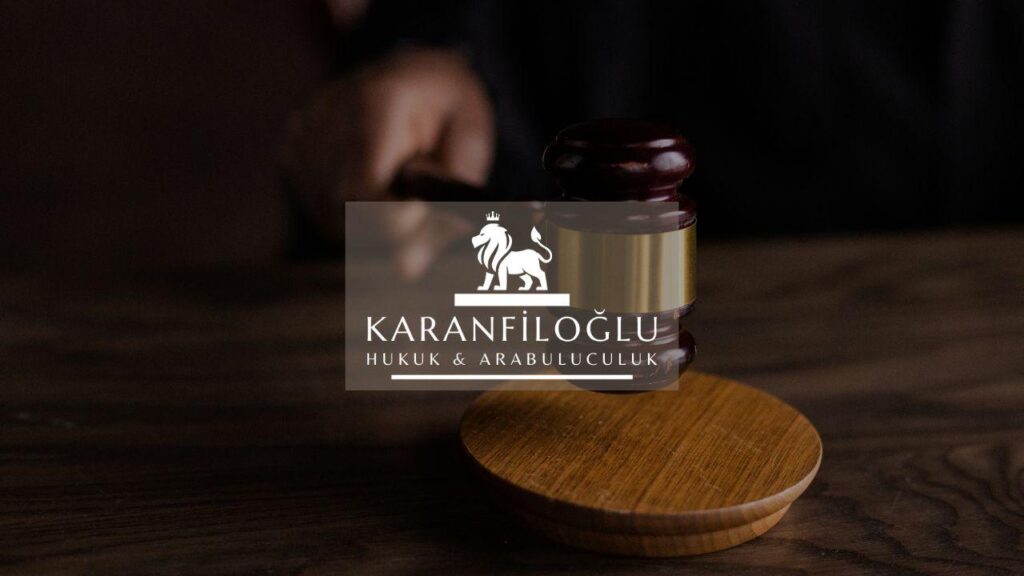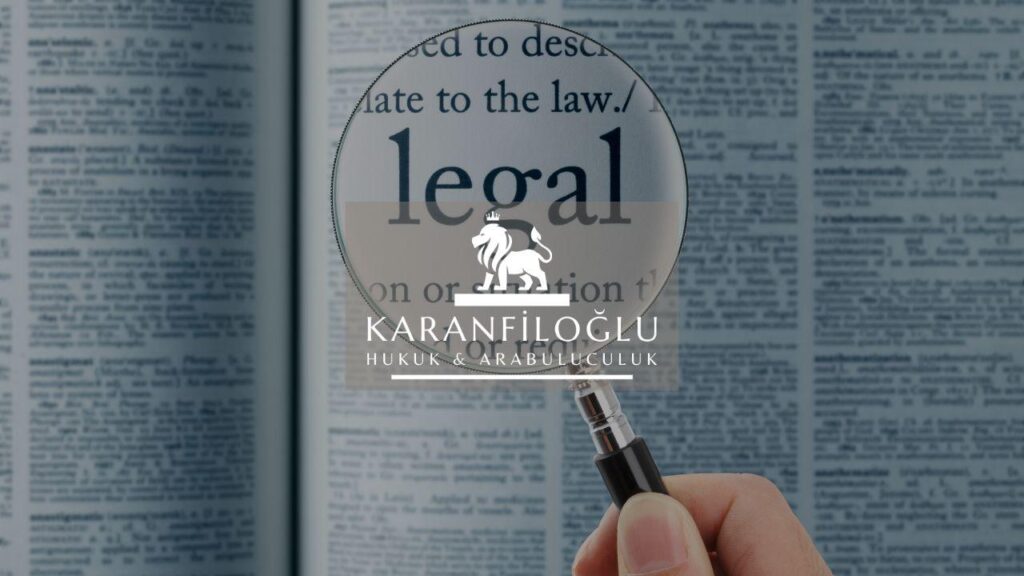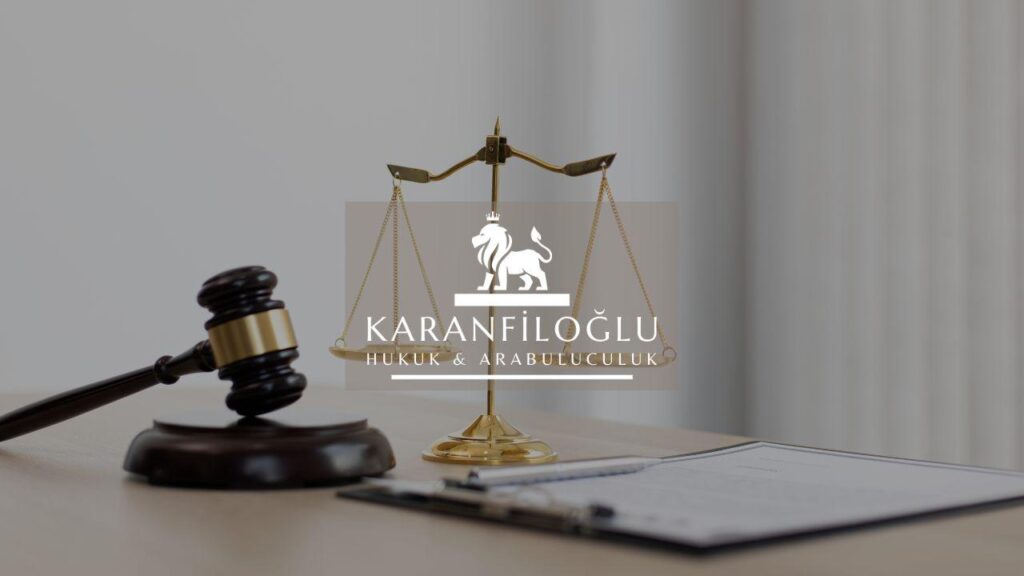Navigating the objection process in enforcement proceedings can feel like walking through a legal maze. This crucial step offers parties a chance to raise legal objections and voice concerns about the court conditions being enforced. It’s not just about saying “no”; it’s about ensuring every angle is carefully examined. Dispute resolution hinges on understanding this critical path. Like a chess game, each move in the objection process requires strategic thought. Whether you’re challenging the enforcement proceedings or questioning court conditions, each action can tip the scales in your favor. Why leave your dispute resolution to chance when you have a structured process to follow? Understanding the intricate layers of the objection process can be your ticket to a fair hearing. A strategic approach here could mean the difference between a favorable outcome and ending up back at square one. Your future could depend on it.
Understanding the Legal Framework of Objections in Enforcement Proceedings
Understanding the legal framework is like finding the compass in the chaos of enforcement proceedings. When you grasp the objection process, you unlock the power to challenge what’s laid before you. It’s crucial to dissect these legal objections, as they can be pivotal in shaping outcomes within the courtroom. Court conditions and the rules governing objections are the bedrock of legal maneuvering. Are you prepared to navigate this landscape? Each decision you make impacts dispute resolution, either opening doors or closing them. The objection process isn’t merely paperwork; it’s your voice in a system that can seem indifferent. Knowing the statutes and regulations that outline these procedures forms a shield of knowledge, protecting your interests. By mastering this legal framework, you ensure your position is not just heard but effectively considered.
Grasping the objection process is synonymous with laying a solid foundation in enforcement proceedings. It’s more than filing forms—it’s an essential tactic in your legal toolkit. Illuminating the path, the process starts by pinpointing legitimate legal objections within the court conditions. This understanding is not just helpful; it’s essential for effective dispute resolution. Mistakes in this arena can lead to setbacks in your case. It’s a bit like a ship navigating through stormy waters without a compass. Deciphering the procedures, knowing when and how to raise objections, acts as a guiding beacon. This knowledge places you one step ahead, ensuring every move is calculated and deliberate. The court’s conditions are the framework, and your objections articulate your stance, potentially steering the outcome in your favor. So, do you recognize the power embedded in this process? Make each step count, as it can determine your trajectory in the enforcement proceedings.
Recognizing the vital role of legal objections within enforcement proceedings is like plotting each coordinate on a complex map. It’s understanding where to assert these objections that sharpens your edge in dispute resolution. Court conditions can be intricate, but here’s the catch—knowing their nuances empowers your journey through the objection process. This process doesn’t require just knowledge; it necessitates a strategic mindset. Think of objections as keys, unlocking doors that might otherwise remain closed. If you can anticipate the turns and twists entrenched in court conditions, your path becomes clearer. This knowledge fortifies your strategy, allowing you to engage effectively at each stage. It’s not just about making a noise; it’s about mastering your position and wielding the objection process as a tool for ensuring fairness. Equip yourself with this insight, and every step in enforcement proceedings can be navigated with precision and confidence.
Key Conditions for Raising Effective Objections
Understanding the key conditions for raising effective objections is akin to having a well-prepared playbook in enforcement proceedings. At the heart of the objection process lies the necessity of filing within specific court conditions and time frames, which often feel as tight as a drum. Overstepping these boundaries can nullify the chance to voice pertinent legal objections. Equipped with this awareness, parties must present objections clearly, underpinning them with solid evidence and meticulous referencing to applicable laws. This strategic alignment is vital in the landscape of dispute resolution. Like a craftsman honing a tool, crafting precise objections requires skill and attention to detail. Letting these slip through your fingers might tilt your case towards the unfavorable. Remember, the effectiveness of your objections doesn’t just halt at the words; their timing and substance equally weigh in the balance. Every objection filed can be a step closer to steering the dispute in your favor.
Timing isn’t just crucial; it’s the lifeline of the objection process. Missing a deadline? That’s like locking yourself out of the courtroom. Most enforcement proceedings have rigid schedules, demanding punctual submissions. Understanding these timelines is akin to mastering a chef’s recipe—it shapes legal outcomes. More than that, how you present those legal objections matters. Court conditions often dictate the format, arguably enough to make or break the plea. They serve as the yardstick by which valid claims stand. In seeking successful dispute resolution, every objection should ripple with authenticity and thorough preparation. Think of it as constructing a watertight ship in a sea of legalities. It’s not about just ticking boxes or coasting through motions; it’s gearing up for favorable winds. Stay sharp, stay timely, and let your objections leave a lasting imprint on the judicial canvas.
A vital cog in the objection process involves pinpointing the exact grounds for your Legal objections. These aren’t just empty assertions—they must resonate with the legal framework and shine through the haze of court proceedings. Think of them as the blueprint for erecting your legal edifice, a structure that must be robust enough to withstand scrutiny. You must align them with the strict Court conditions to make them worth their salt. Each objection should build towards Dispute resolution, a step away from chaos and toward clarity. It’s not just presenting a case; it’s engaging in a tactical play, much like a seasoned chess master plotting several moves ahead. Success in Enforcement proceedings demands that objections are precise, purposeful, and persuasive. Your strategy must be as sharp as a tack, ensuring every element, from timing to substance, cuts through the noise. Every well-crafted objection is a solid foundation towards a positive outcome.
Best Practices for Navigating the Objection Process in Enforcement Cases
Navigating the objection process in enforcement cases is akin to steering a ship through stormy seas. Begin by familiarizing yourself with the key documents involved; they’re your map and compass in this journey. Understanding court conditions is crucial. Each document you analyze might unveil vital insights or hidden pitfalls. Legal objections must be clear and well-founded, not mere cries of dissent. Make it a habit to document everything meticulously and double-check your paperwork—accuracy can be the anchor in turbulent waters. Engage in dispute resolution dialogues with an open mind, as these conversations often illuminate pathways to common ground. Always bear in mind, the objection process is a strategic chessboard. Every move should enhance your position in enforcement proceedings. By approaching this process with foresight and diligence, you can ensure you’re not just participating but are a decisive player in the legal arena.
First and foremost, time is of the essence in the objection process; deadlines aren’t just suggestions but pivotal checkmarks on your legal roadmap. Missing one could be like throwing away your ace card in a high-stake poker game. File your legal objections promptly to ensure you’re heard when enforcement proceedings are underway. Next, precision is key; tailor your objection forms—these are not vague scribbles but your crafted arrows aimed directly at court conditions. Seek expertise when deciphering complex legalese; it’s akin to consulting a seasoned captain before steering unfamiliar waters. In dispute resolution, listen actively and speak assertively. This approach can transform the objection process from a confrontation into a collaborative effort. Lastly, clarity reigns supreme—articulate your stance clearly, as muddled messages can lead you astray. Remember, you’re not just participating in enforcement cases but actively steering them towards justice.
In the whirlwind of the objection process, preparation is your shield and diligence your sword. Begin by scrutinizing every detail within the enforcement proceedings, leaving no stone unturned. This careful examination of court conditions is akin to polishing a fine gem—each facet, crucial. When crafting legal objections, be concise yet comprehensive, ensuring each point hits home like a perfectly aimed dart. Keep dialogue open with all parties involved in dispute resolution, as sometimes an olive branch works better than a spear. Also, maintain a robust filing system to manage paperwork efficiently—this system should be your well-oiled machine. Remember, the objection process is not about volume but about quality contributions; make each word count. It’s the practiced hand that guides the brush, leading not just to mere participation in the legal tapestry but creating decisive strokes toward a resolute outcome.
Disclaimer: This article is for general informational purposes only and you are strongly advised to consult a legal professional to evaluate your personal situation. No liability is accepted that may arise from the use of the information in this article.







